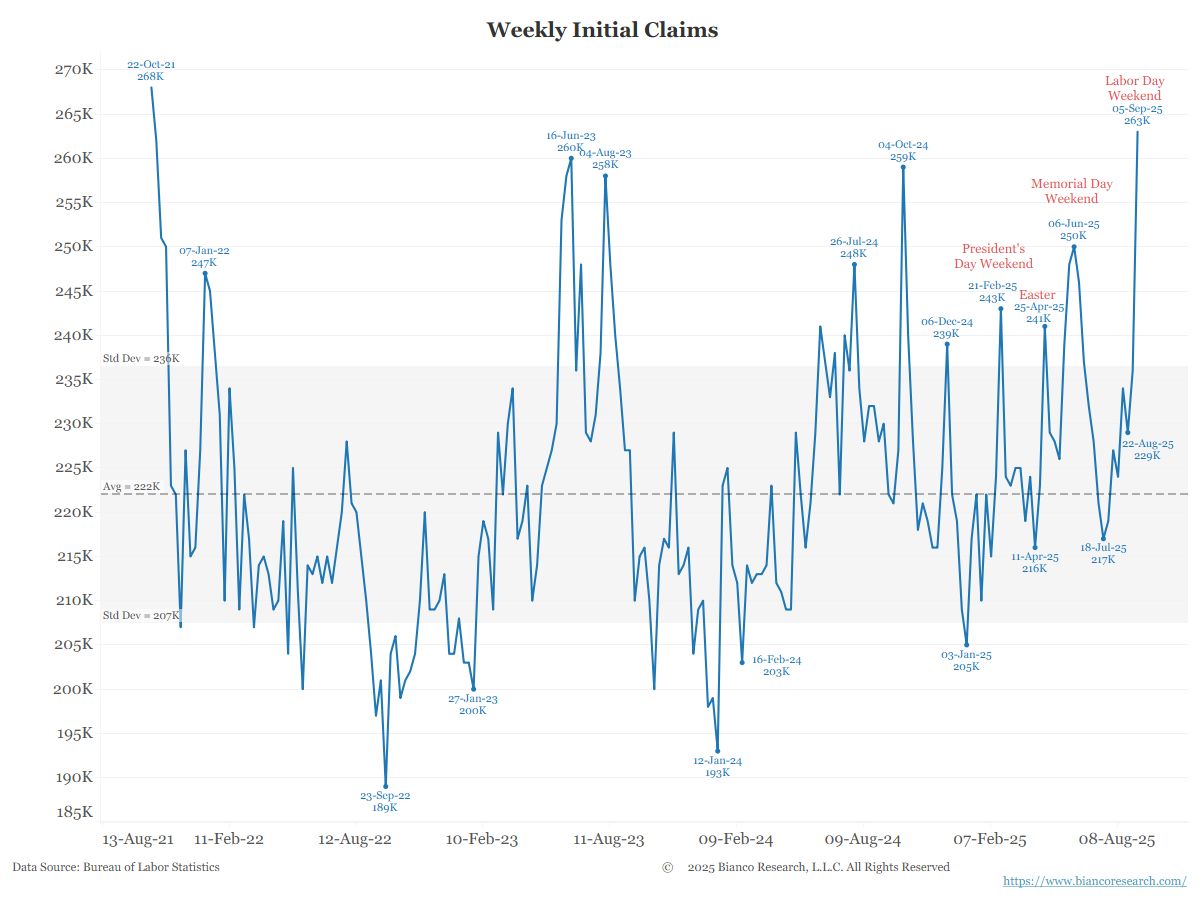Last Thursday’s column by Greg Ip, the Wall Street Journal‘s chief economic commentator, is strange in more than one way (see “Inflation Is Turning the Corner,” January 12, 2022). It seems to confuse changes in relative prices (for example, gasoline prices recently decreased relative to the prices of other goods and services) and changes in the general level of prices. In fact, a change in the general level of prices—the definition of inflation—gets added to the change in a specific relative price.
But let me focus on what appears to be a more elementary and less debatable error. Speaking of post-pandemic increases in the prices of housing, energy, and cars, Mr. Ip apparently tries to explain why prices are now decreasing as he writes:
Either demand self-destructs, or supply responds, or both, which happened to varying degrees in all of these markets.
The concept of self-destructing demand is a mystery. I don’t think we could find it in three centuries of economic literature, at least in mainstream economics. What can it mean? How can the demand curve for a good disappear from the market through self-destruction? For sure, one can imagine that the incomes of all consumers drop to zero, but this would not explain the “self” in “self-destruct.” I find it difficult to interpret the quoted statement in any other way than as follows: an increased demand generates a higher price, which in turn decreases demand—a literal self-destruction of demand through the higher price generated by the original increase.
In a previous EconLog post, I called this the yo-yo model: demand and supply bounce up and down non-stop. Ultimately, it implies that no price would ever move to a higher (or lower) equilibrium. The basic economic error is to confuse an increase (or decrease) in demand with an increase (or decrease) in quantity demanded (and mutatis mutantis for supply). A “change in demand” is defined in economics as a shift in the demand curve (or demand schedule); a “change in quantity demanded” is a move along a given demand curve. An upward shift in the demand curve, which is by definition a change caused by any other factor than the good’s own price, will normally cause an increase in the market price and a consequent increase in quantity supplied. (I write “normally” to account for the theoretical possibility that the long-term supply curve show constant or decreasing returns to scale.) Since we have a new demand curve, the increase in price cannot cause a decrease in demand, but only a decrease in quantity demanded along the new demand curve. Except if supply is totally inelastic, quantity supplied and quantity demanded on the market will have increased.
In short, demand cannot “self-destruct” because of a price increase. This is confirmed by the sentence just following the quote above:
In none [of those industries] are prices about to return to where they were before the pandemic.
This means that, after all, there is no self-destruction of demand, just a move along the supply curve. Using “demand” or “supply” in the economic sense avoids misleading, confusing, or contradictory statements. Otherwise, analysis self-destructs.
















